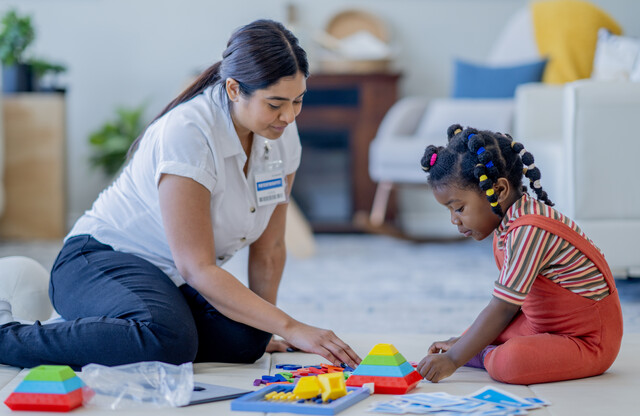Etiquette for Children and Teens
Manners Matter: Growing Graceful Kids!

4 Hours average completion time
0.4 CEUs
10 Lessons
11 Exams & Assignments
23 Discussions
10 Videos
11 Reference Files
Mobile Friendly
Last Updated December 2025
The Art of Etiquette in a Digital Age: Guiding the Next Generation
In an era where swift, digital interactions dominate, and where faceless communication often reigns supreme, the timeless principles of etiquette seem to be fading into the background. However, amid the cacophony of tweets, likes, and shares, the essence of genuine human connection remains rooted in respect, understanding, and good manners. Contrary to popular belief, etiquette is not a relic from a bygone era but a vital tool for navigating today's interconnected, digital world.
"Etiquette for Children and Teens" seeks to rejuvenate these fundamental principles for the modern age, particularly focusing on the impressionable minds of children and teens. These young individuals often find themselves straddling a world where influencers set trends and where virtual altercations can escalate rapidly. In such a landscape, understanding the core tenets of respectful interaction becomes paramount.
Key highlights of this course include:
- Digital Dilemmas: A deep dive into the complexities and challenges posed by platforms such as Facebook, Twitter, and other communication tools. Understand the pitfalls and potential risks that arise from faceless interactions.
- Age-specific Guidelines: Tailored advice and insights for two critical age groups--children aged eight through twelve and teens aged thirteen through seventeen. Each lesson melds universal principles with age-specific scenarios to ensure relevance.
- Beyond the Digital: While our digital lives are central, the course also emphasizes the importance of etiquette in face-to-face interactions, be it at school, social gatherings, or later in professional settings.
- Empowering the Mentors: Designed for educators, parents, caregivers, and anyone vested in molding the next generation, this course equips them with the tools to instill a deep-rooted sense of decorum in young minds.
Good etiquette transcends societal divisions of wealth or power. It's a universal language of respect, available to anyone willing to learn and practice it. Furthermore, etiquette skills aren't just momentary tools; they're lifelong assets, paving the way for personal and professional success.
Ideal for those keen on teaching etiquette or parents striving to groom well-rounded individuals, this course distills vast knowledge into relatable, easy-to-understand modules. Equip yourself and the next generation with the refined skills to thrive with grace, confidence, and respect in a world where digital and real-life personas seamlessly blend. After all, in the dance of human interactions, etiquette is the rhythm that ensures we move in harmony.
- Understanding professional and volunteer etiquette
- Balancing personal expression and communal respect
- Nurturing school and community harmony
- Developing cultural awareness and adaptability
- Improving time management and productivity
- Cultivating positive digital interactions
- Building respectful social connections
- Boosting confidence and collaboration
- Mastering dining manners and social hosting
- Enhancing empathetic communication skills
-

Landscaping 101
-

Cooking Class Bundle: 5 Cooking Courses
-

The Science and Art of Reading Development
-

Empowerment for Single Parents
-

Image Consultant
-

Etiquette 101
-

Beyond the Crust: The Heart and Soul of Bread Baking
-

How to Decorate a Room
-

Building Self-Esteem in Children
-

Etiquette Consultant
-

Event Management Course Bundle
-

Basic Parenting Skills
-

Positive Parenting Techniques
-

How to Write Short Stories for Children
-

Professional Babysitting Skills
-

Behavior Management 101
-

Home Safety
-

Understanding Childhood Obesity
-

Introduction to Child Psychology
-

How to Bake Cookies
-

Community Development 101